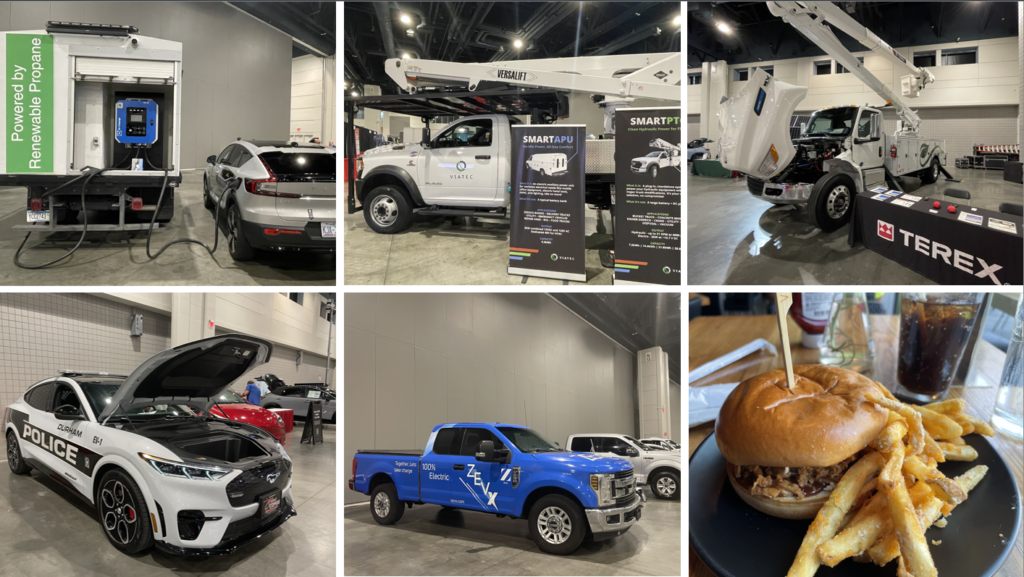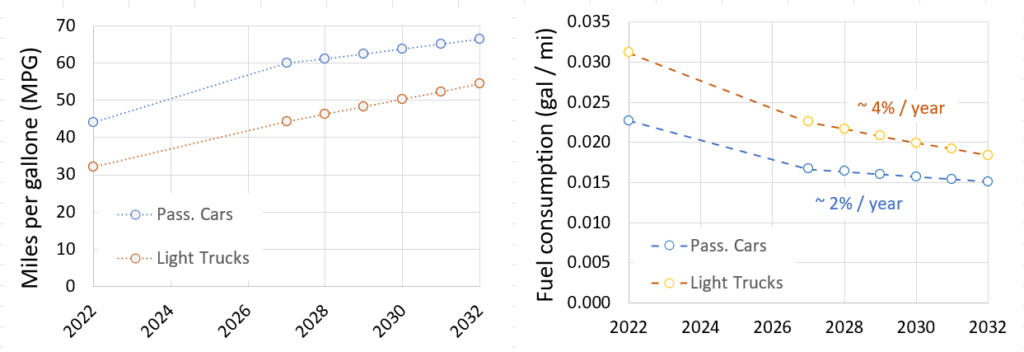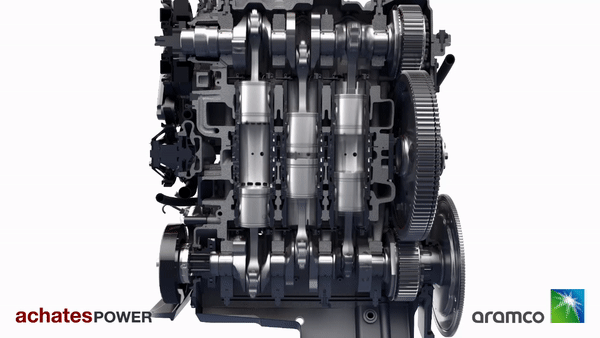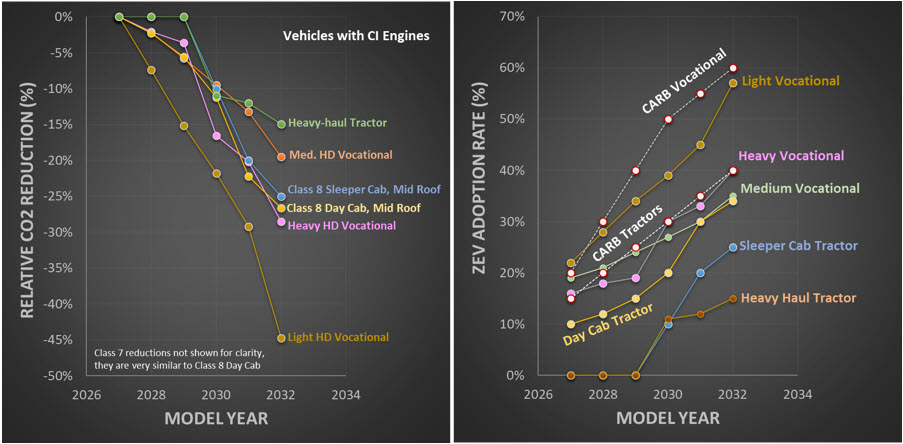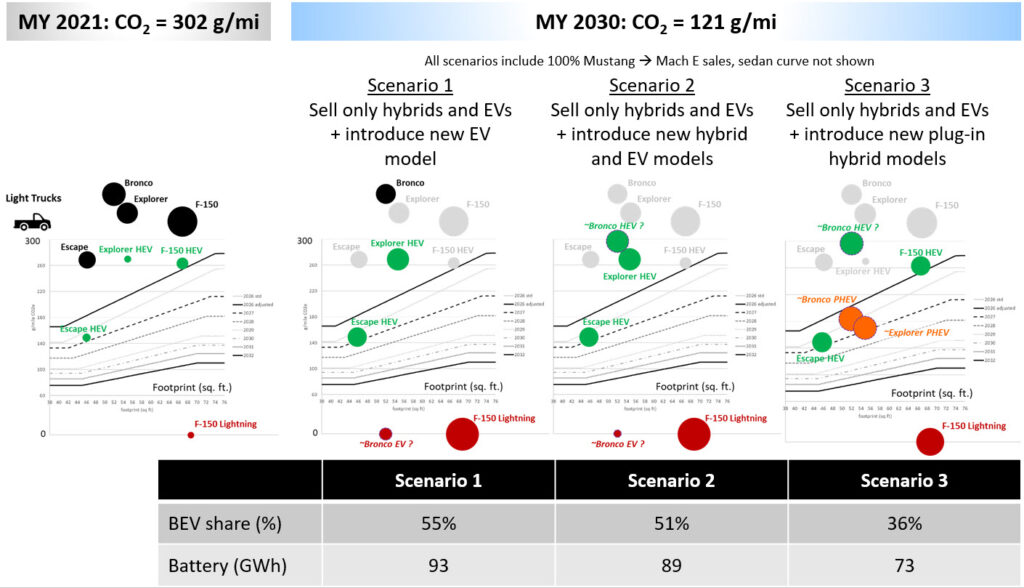
Summary of 2024 SAE Government Industry
![]()
A summary of select portions of the SAE Government Industry meeting, held in Washington DC, which highlighted the growing concerns of the industry with government mandates and preparedness for tackling the infrastructure barriers and low consumer / fleet acceptance.



